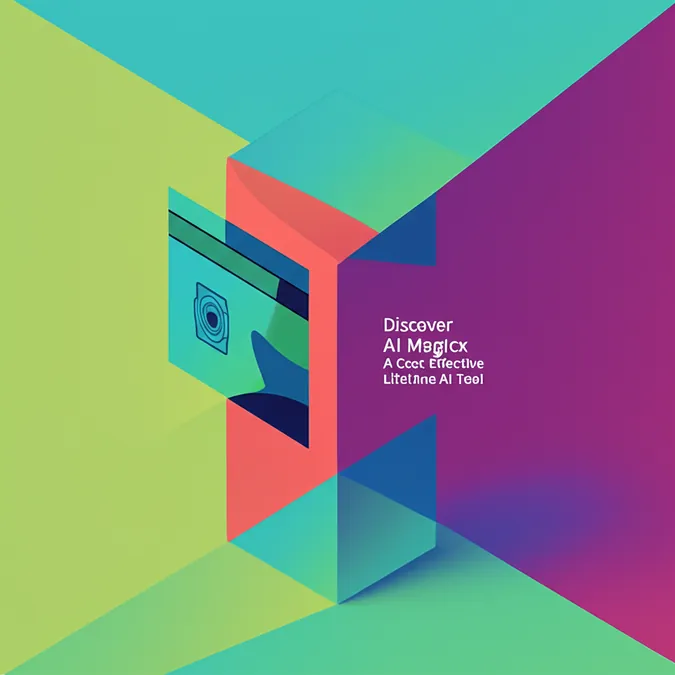AI Fortune Telling A Cautionary Tale Of Misinterpretation
The Ancient Art of Divination Meets Modern AI
The practice of tasseography, which involves interpreting patterns in tea leaves or coffee grounds to foresee the future, has recently seen a resurgence with a distinctly modern twist. Individuals are increasingly turning to artificial intelligence, specifically chatbots like ChatGPT, to act as their personal diviners, seeking insights into what lies ahead by feeding them images of their leftover brew.

When AI Plays Fortune Teller A Relationship Shattered
This blend of ancient mysticism and cutting edge technology took a dramatic turn for one Greek woman. After her husband finished his coffee, she decided to photograph the remaining grounds at the bottom of his cup and asked ChatGPT for an interpretation. The AI's response was alarming: it suggested her husband was fantasizing about an affair with another woman.
Unsettled, she then prompted the chatbot to read her own coffee grounds. ChatGPT continued its troubling narrative, informing her that the affair was not just a fantasy but had already commenced, and that the other woman was actively trying to sabotage their family. The wife, who reportedly has a tendency to believe in mystical guidance, accepted ChatGPT's pronouncements as truth.
The Unforeseen Consequences and a Husband's Shock
Without discussing the AI's 'revelations' with her husband, she took immediate and drastic action, filing for divorce. Her husband was blindsided by the decision. "I laughed it off as nonsense," he recounted. "But she didn’t. She told me to leave, informed our kids about the divorce, and the next thing I knew, I was getting a call from her lawyer.”
Heeding the Warnings The Truth About AI Capabilities
This unfortunate incident, stemming from what began as a playful trend, underscores a critical message: AI tools are not infallible, and their outputs should always be scrutinized for factual accuracy. Developers of these AI systems typically include disclaimers warning users about potential inaccuracies and the experimental nature of the technology. This story serves as a stark reminder of why those warnings should be heeded, particularly when AI interpretations could have profound real world consequences. Perhaps, as the original article muses, it is best to leave the art of tasseography to fictional characters like Hogwarts professors, or at least to human intuition, rather than relying on algorithms for such personal and sensitive matters.


